Clio has arrived! The shipment containing the boxes for the instrument, ring, and rack was delivered to the cleanroom unpacking area at LCO earlier today:
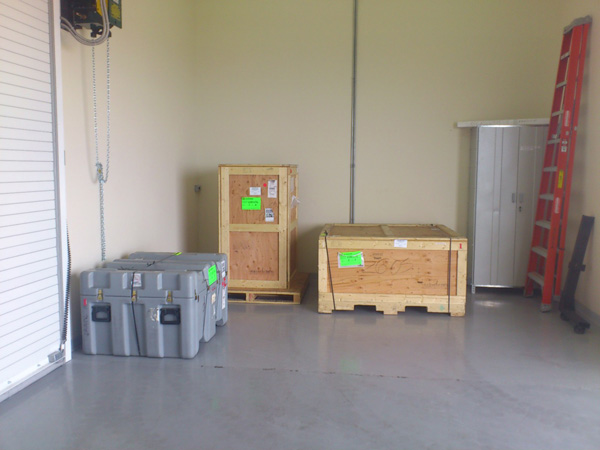
Home of MagAO and MagAO-X.
The director of Arizona’s telescope time at Magellan has just issued a call for proposals for MagAO for 2013A. This is for shared-risk observing during our second commissioning run, during early April of next year. These observations will demonstrate our new AO system and science cameras in the best way possible — with science! Eligible astronomers are at public universities in Arizona (those sharing Magellan telescope time with us). This is an exciting opportunity to get involved in the first high-order AO system having broad O/IR spectral coverage!
Please see our webpage with information for observers for help in planning your telescope proposals. The optical wavelengths will be available for observation with VisAO and the near-infrared with Clio2.
Note that we (the commissioning team) will execute, in a “mini-queue”, the top TAC ranked MagAO proposals (for Clio2 or VisAO or both) in a shared-risk manner. The proposal PI would participate with the team, and could optionally join us in person, but attendance at Magellan would not be required. All proposals for this special call need to be signed off on by the MagAO PI (Laird Close, lclose at as.arizona.edu, 520 626 5992) before TAC submission. The MagAO commissioning team would receive proper credit (co-authorship) for our efforts in accomplishing any of the proposed science programs.
Meanwhile, back in Tucson… We interrupt the NAS Fitcheck program to bring you this update on the Clio2 infrared camera.
After the Pre-Ship Review for Clio2 in Amsterdam in July, we have been completing preparations to receive diffraction-limited near-IR to thermal-IR photons from MagAO. Yesterday and today we installed the new J-band filter, and the cold pupil stops sized for Magellan. This was done in a CAAO lab at Steward Observatory in Tucson, where Clio2 is undergoing its final testing before shipment.
Cold pupil stops: Clio2 used to be “Clio” and was installed on the MMT telescope in Arizona. The MMT, like Magellan, is a 6.5-m telescope, but the Magellan secondary is 0.85m while the MMT secondary is 0.7m. Therefore, because the pupil is different, we needed two new cold stops for Clio2 on Magellan. A cold stop is a cryogenically-cooled metal mask located at an image of the telescope pupil, and its purpose is to block stray light (heat sources in the dome cause a lot of background thermal light) from contaminating the infrared image. Here is a picture of the pupil wheel with the new cold stops:
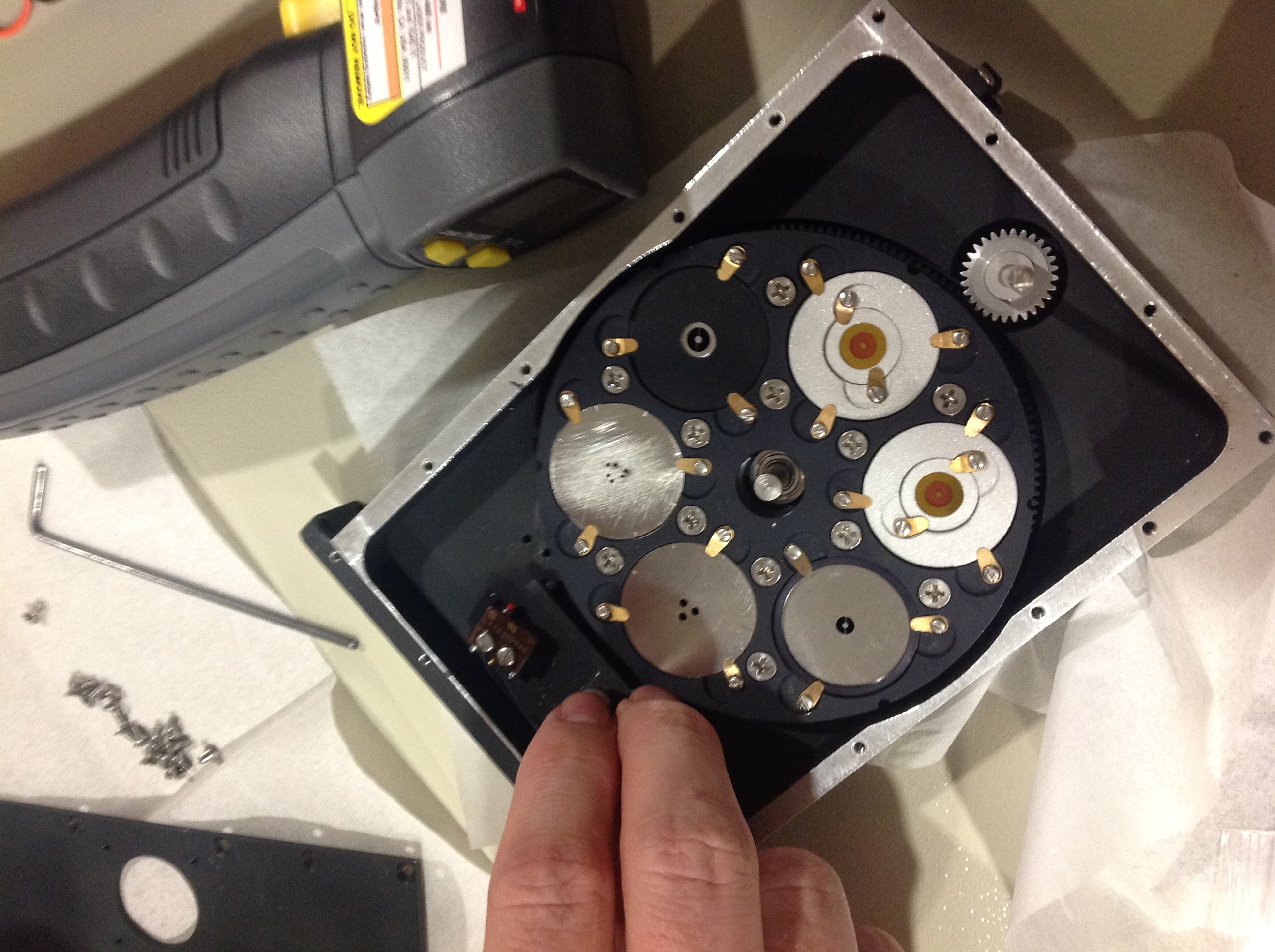
We also added a new J-band filter, taking out the old 3-5um Janostech filter from filter-wheel 1:
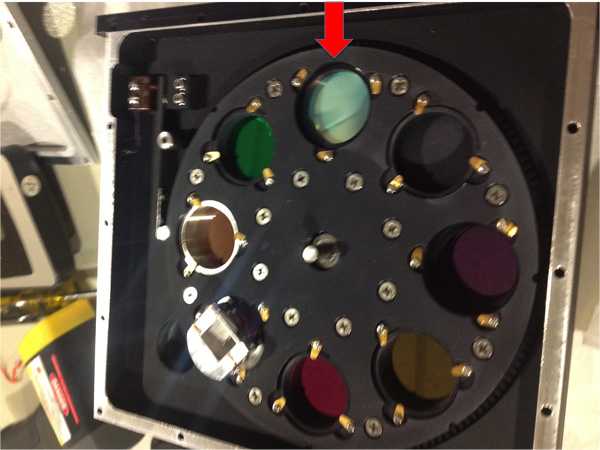
We updated the Clio2 user manual at http://zero.as.arizona.edu/groups/clio2usermanual/ so that we can repeat this in Chile if need be. Note the tools required: Most of the wrenches were found in a standard set of Allen keys, except for the 0.035” driver which is a special size.
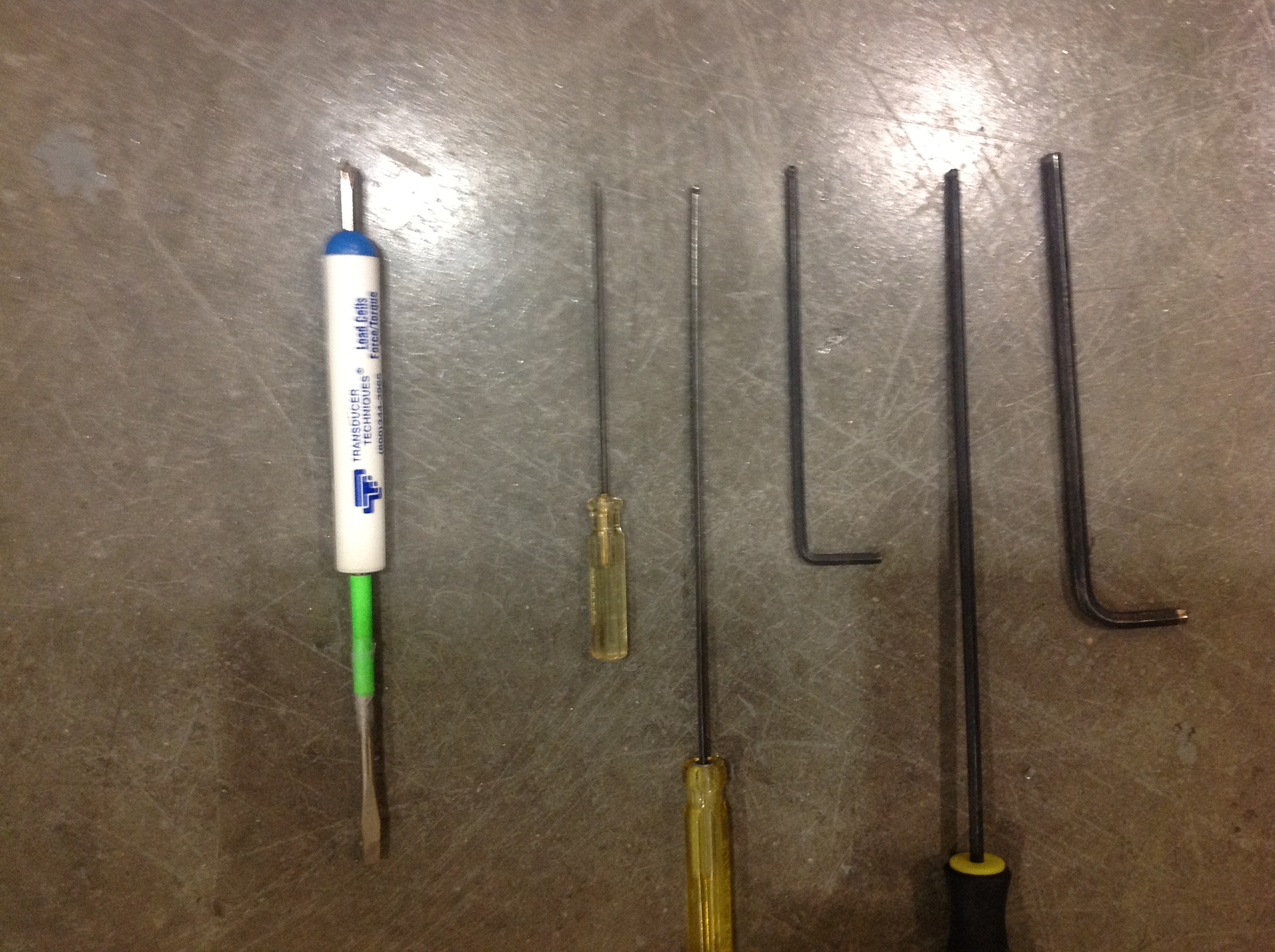
It took about 3 hours to take it apart and insert the new filter and pupil stops, including finding new spacers, etc. It took about 1 hour to put it all back together.
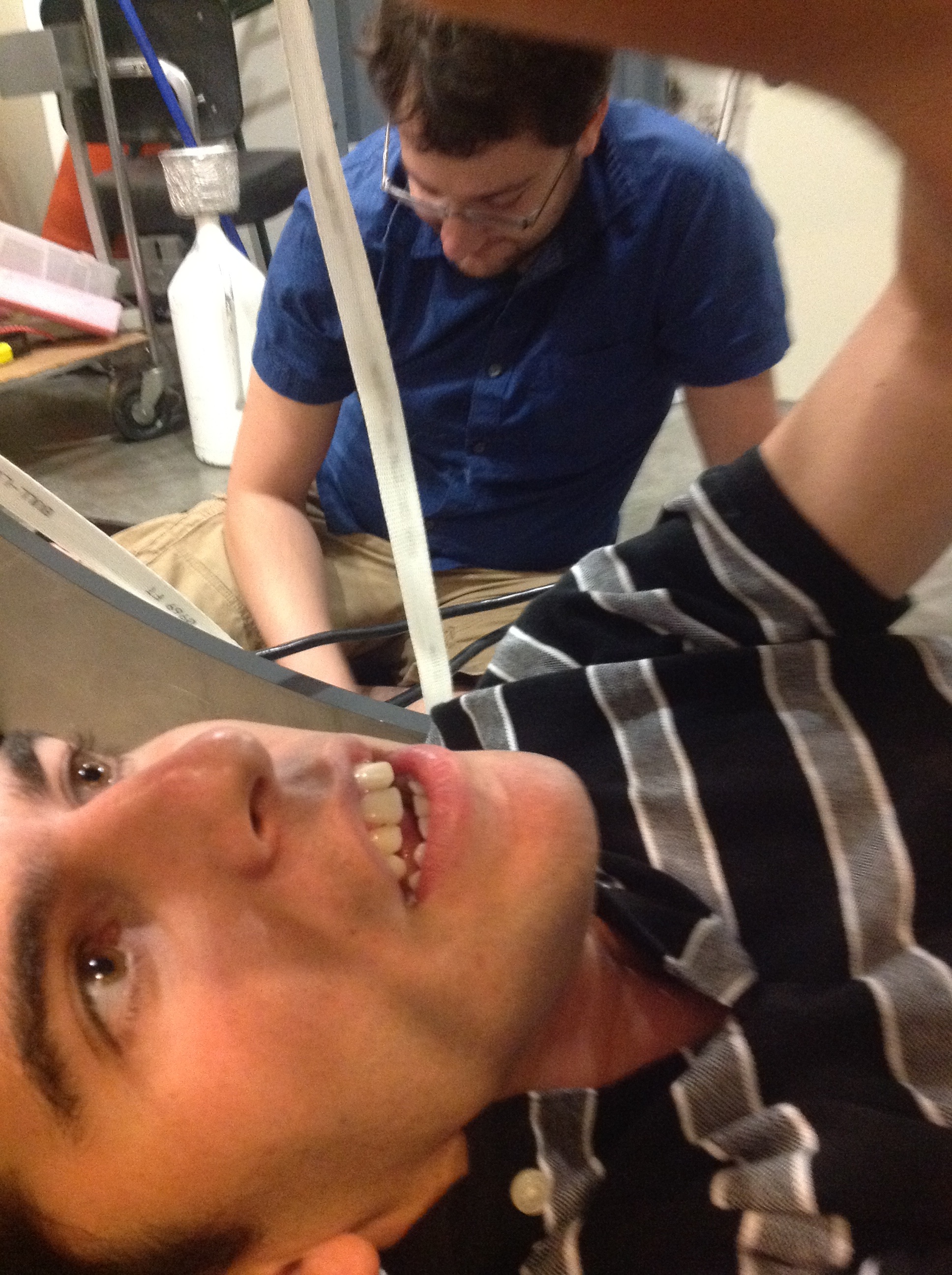
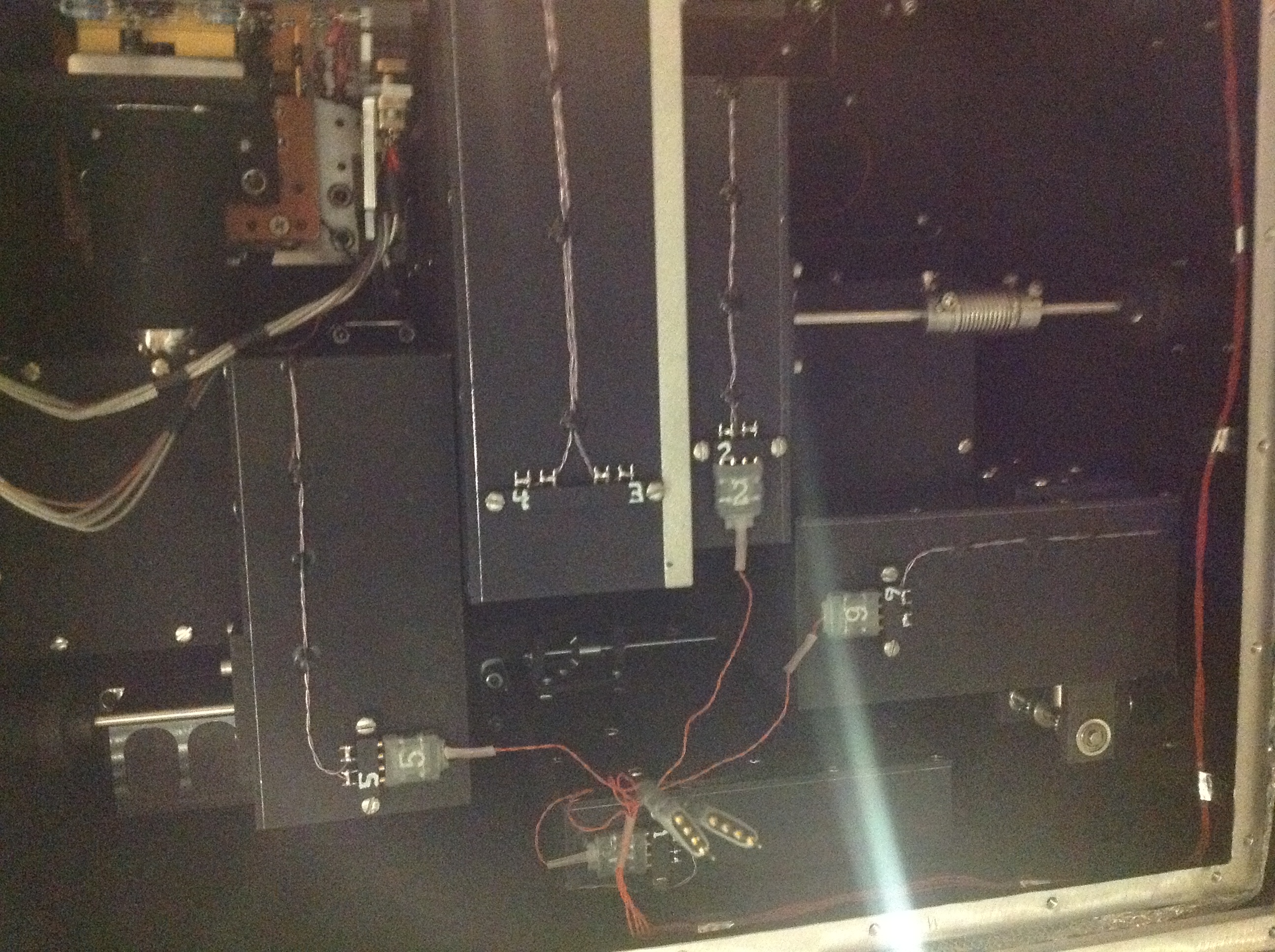
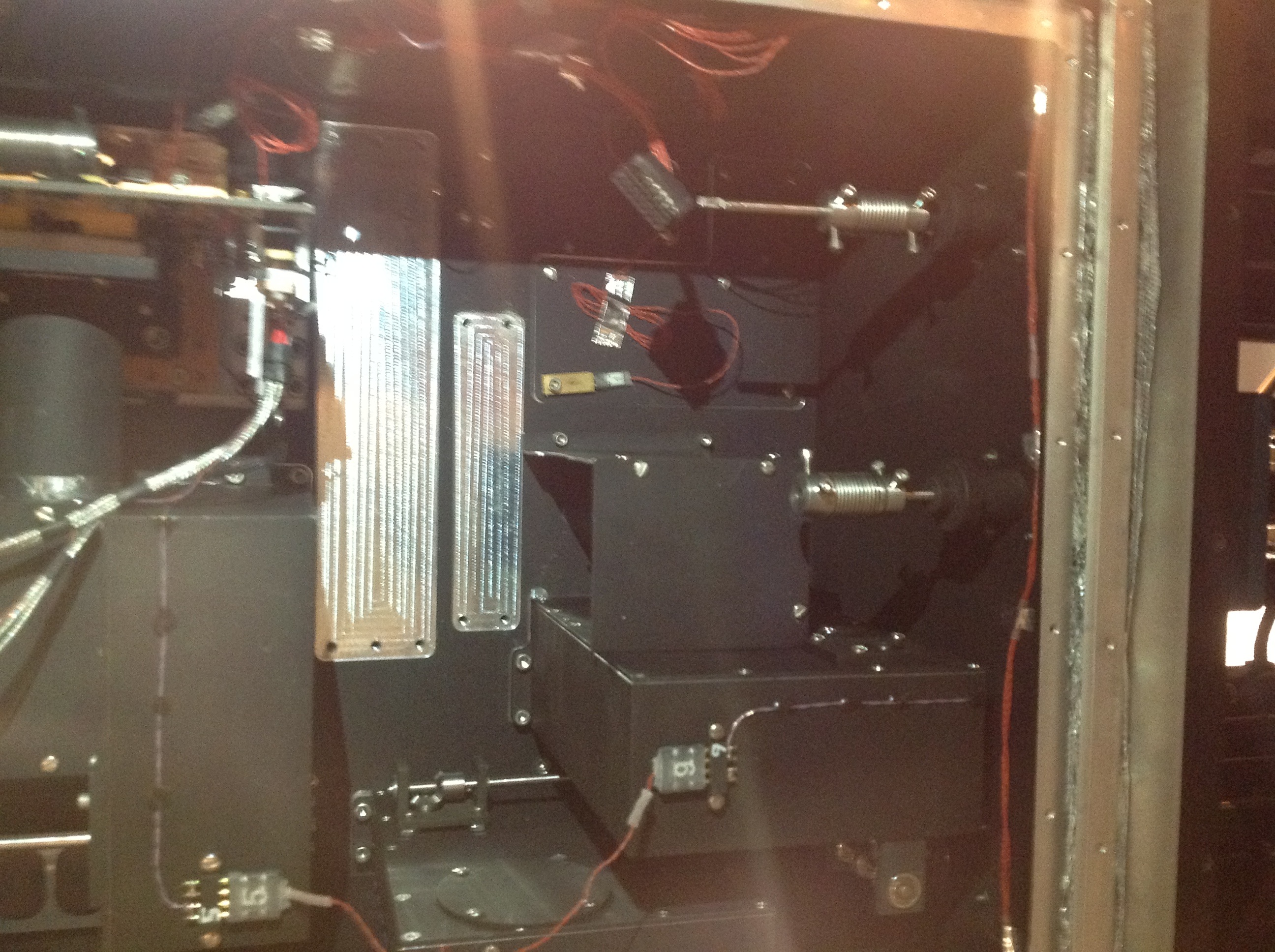
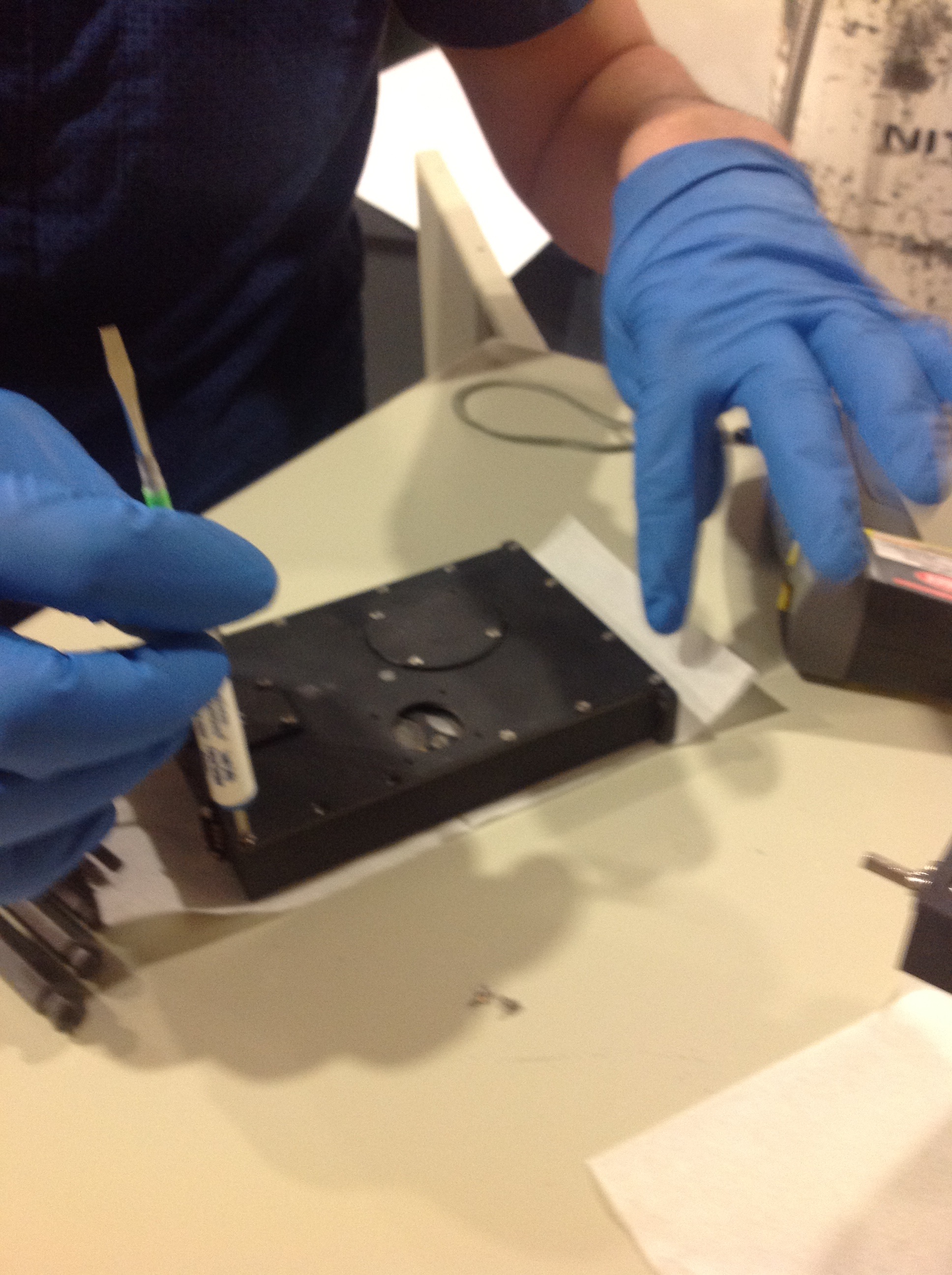
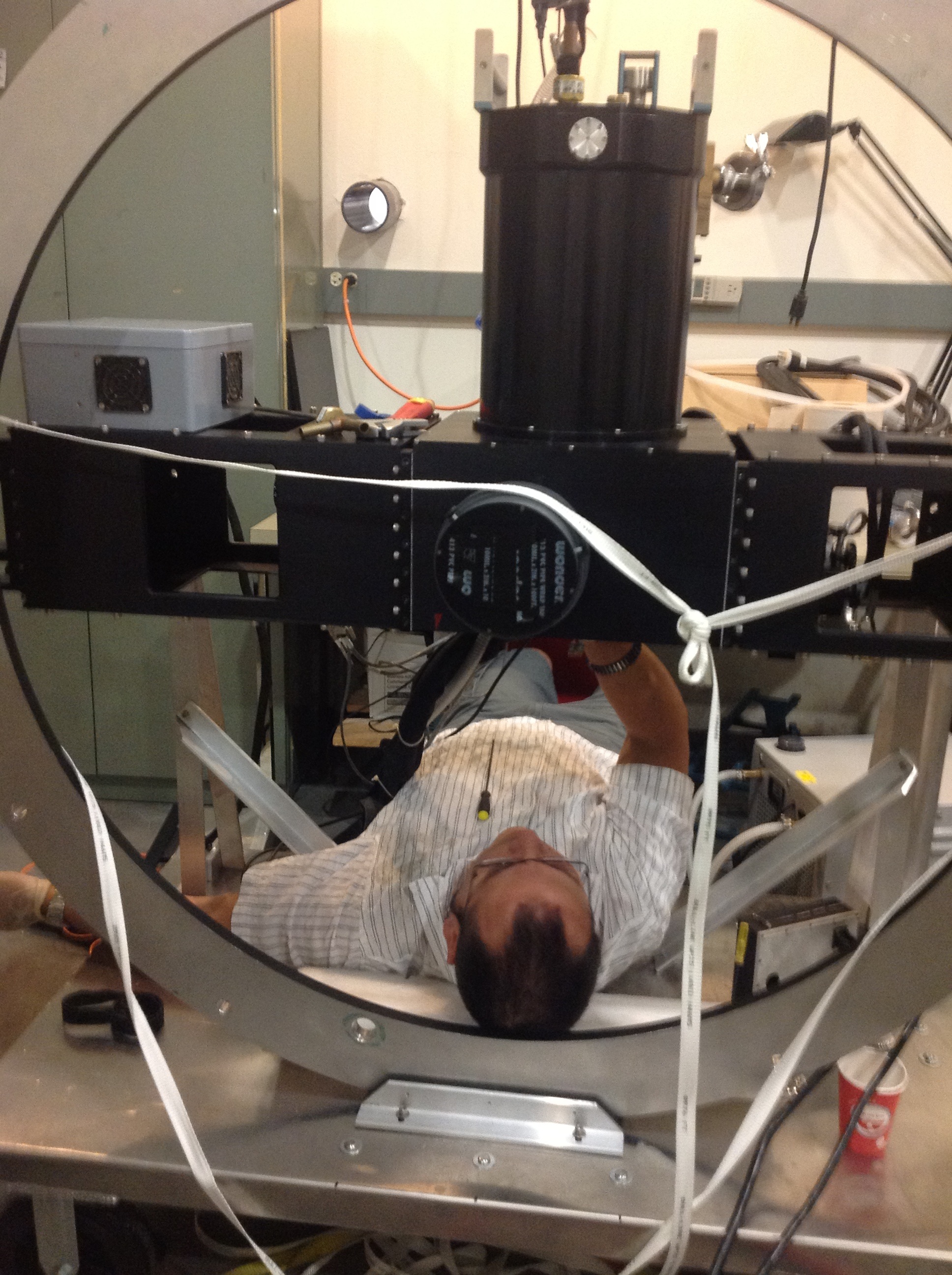
This video demonstrates the MagAO high-level software GUIs used to acquire the star, set up the AO system, and close the loop. The entire process takes about ~3-4 min. at this time.
(Filmed by Alfio, narrated by Laird, cameo by Katie operating the VisAO camera)
Go to https://www.youtube.com/watch?v=wSiFoG8qgKI to view the video in high-def.
Description:
After the telescope slews to a new target, the guider will acquire the star to within 4” on the Technical Viewer (CCD 47 in AO acquisition mode; otherwise CCD 47 is the VisAO array). Next, the MagAO Command GUI controls the AO system and is operated as follows: